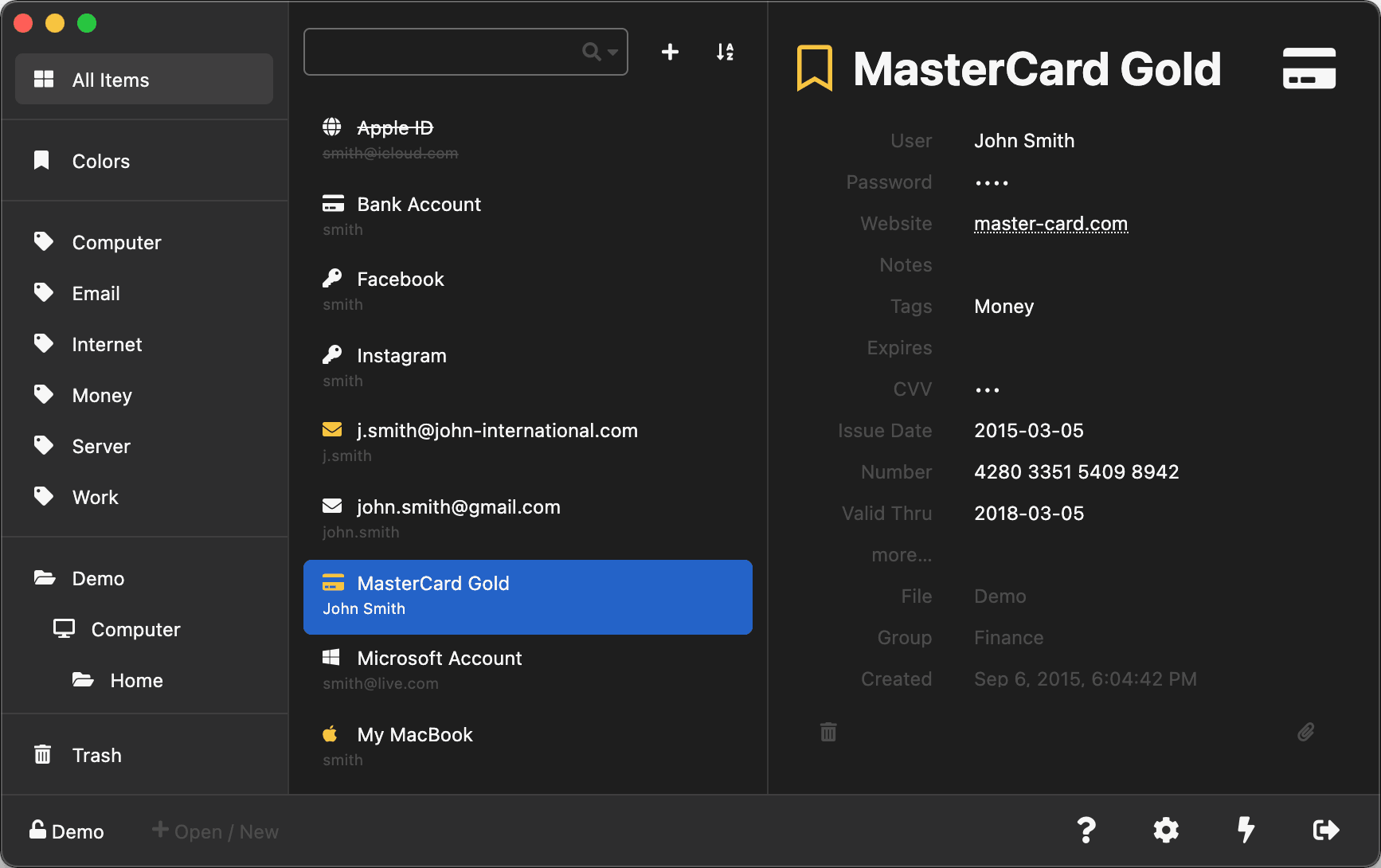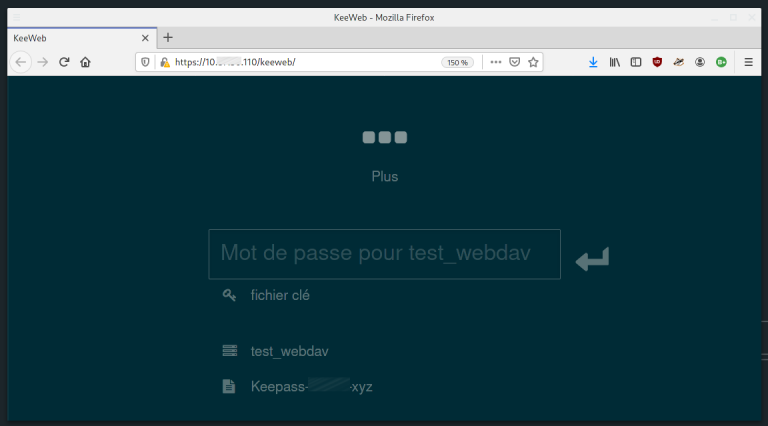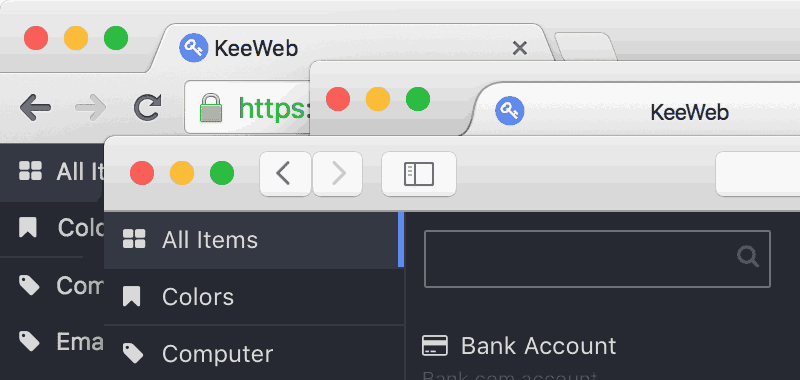

Note: We do not recommend using the Windows User Account option unless you know exactly how to backup and restore a Windows user profile. See the Windows User Account section of the KeePass Help for further details about backup and recovery.

The easiest way to back this up is to make an image backup of your disk. If you use the Windows user account as (part) of your master key you will see a tick in the "Windows User Account" box in the KeePass unlock window. It also shows where your key file is stored. If you use a key file it will be shown in the KeePass unlock window. To find where your database is stored in KeePass V2, look in the KeePass unlock window.
Keeweb config full#
Tools > Options > Advanced, Advanced, Show full path in the title bar. To find where your database is stored in KeePass V1, set KeePass to show the full database path.

You can find it under File > Print > Print Emergency Sheet. The KeePass emergency sheet is a summary of the master key used on the current database. It is also worthwhile backing up the KeePass configuration. Additionally you may need to backup a key file or your Windows profile if you use other / additional sources for the Master Password.
Keeweb config password#
This is the only file you need to backup if you only use a master password to unlock your database. The default name for this file is Database.KDB in KeePass V1 and NewDatabase.KDBX in KeePass V2. KeePass stores all your passwords in a single file called a database. A web search will find additional solutions. Crashplan, Google Drive) are all reasonable solutions. Aomei Backuper, Macrium Reflect, EaseUS ToDo or Acronis backup), external hard drives with backup programs (WD My Passport with SmartWave), as well as free or paid cloud backup (e.g. Windows has a built in backup program accessible via control panel.

There are also excellent solutions that are independent of KeePass and will backup your other important files as well. Or you can roll your own with a batch file, trigger or both. KeePass has some backup plug-ins but not all are well supported. We make a small correction mimetypes to recognize our extension, copy the file to the definition: cp /var//var/KeePass can export your data but this is not a good solution as the data will then be stored in plain text, however it may be useful if you want to store a hard copy. Sudo tar xvf keeweb-0.4.0.tar.gz -C /var/www/nextcloud/apps/Įdited el fichero '/var/www/nextcloud/apps/keeweb/appinfo/info.xml’ and modify the following line to allow up to version 14: Keeweb we downloaded and put it in the folder apps: wget secure passwords and encrypted, accessible at all times!Īs usual, we can take a look at the website of the apps de Nextcloud, if you look the highest version it supports is the 12, but rest assured that with small modifications, we can run this in Nextcloud 13 y Nextcloud 14 🙂 And so we can open the kdbx type files directly from Nextcloud! Another post where he will integrate Nextcloud another interesting feature! If you are friends you have your passwords stored in a password manager, You trabajeis perhaps with KeePass, if that's the case, that ye may know, we can access the password file remotely and fully integrated into the interface Nextcloud, One last.


 0 kommentar(er)
0 kommentar(er)
